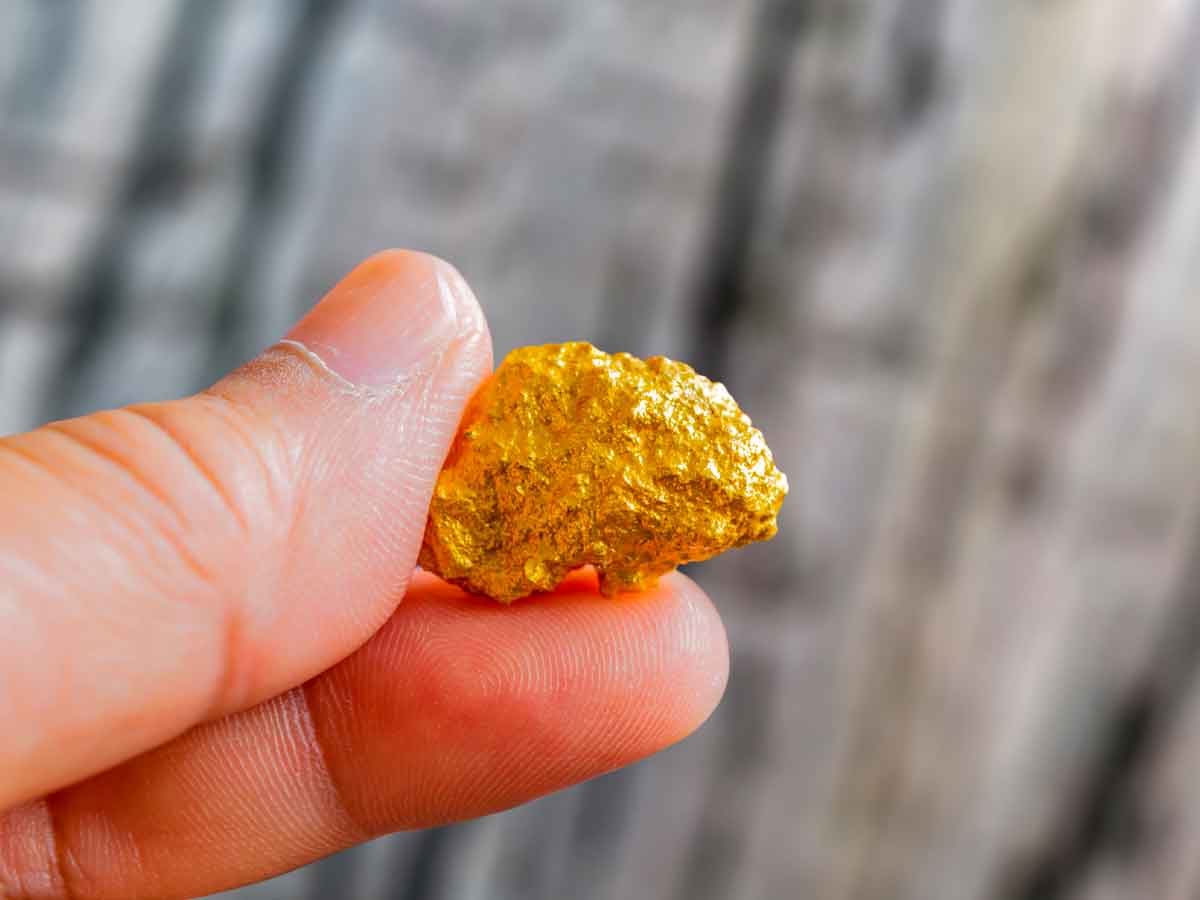A surprising finding has emerged from discarded electronics: scientists have discovered that certain gadgets contain as much as 450 milligrams of 22-carat gold. Many of us toss out broken or outdated devices without a second thought, missing an opportunity to recover valuable materials and help the environment at the same time.
In a recent breakthrough, researchers at ETH Zurich have introduced a technique that transforms old circuit boards into gleaming nuggets of gold. Their eco-friendly method uses protein fibrils derived from whey to capture precious metals, replacing the more harmful chemicals traditionally used in gold extraction.
Why scientists believe your discarded electronics could hold surprising amounts of 22-carat gold
Did you ever imagine that your ancient cellphone or unused music player might be worth more than a nostalgic memory? Every year, millions of tons of e-waste get dumped into landfills, even though these devices often contain valuable metals like gold, copper, and palladium. In fact, experts report that a single ton of e-waste can hold up to 300 or 400 grams of gold—far more than most mined ore. Yet, much of this metal goes to waste when gadgets are carelessly thrown away.
When components end up in landfills, they add to pollution and squander resources that could be reclaimed. This new method from ETH Zurich offers an alternative, providing a safer and greener path to recover gold that has already been pulled from the earth.
How researchers at ETH Zurich revolutionized traditional gold recovery with a protein-based ‘sponge’
Before this innovation, many gold extraction processes required toxic substances like cyanide or mercury. Now, ETH Zurich’s team relies on denatured whey protein to trap gold ions from dissolved circuit boards. Through a heat treatment, the captured ions are converted into 22-carat gold nuggets, making it possible to salvage close to 450 milligrams of pure gold from just 20 motherboards.
Wondering how this stacks up compared to everyday mining? Here’s a quick comparison:
| Process | Method Used | Environmental Impact | Efficiency |
|---|---|---|---|
| Traditional Mining | Heavy machinery, chemicals | High (land, water damage) | Low: Large energy use, habitat loss |
| ETH Zurich Method | Whey-based protein sponge | Low (fewer toxins) | High: Recovers gold from used devices |
This table shows that adopting the ETH Zurich technique not only reduces toxic waste but also relies on materials such as whey, which is an abundant byproduct of cheese production.
What this eco-friendly breakthrough means for e-waste and responsible consumption
Recovering gold from obsolete devices supports a more circular economy—one that values reuse over waste. By extracting precious metals already in circulation, industries can lessen the need for environmentally damaging mining operations. The process could also spark new recycling efforts and job opportunities, giving people a reason to see broken gadgets as a resource rather than trash.
So, the next time you’re tempted to toss that old laptop or phone, remember: you might be throwing away gold. With this technique quickly gaining attention, experts believe gold recovery from e-waste could soon become a standard practice, reducing both environmental harm and the loss of valuable materials.

